The Redfish Wiggler
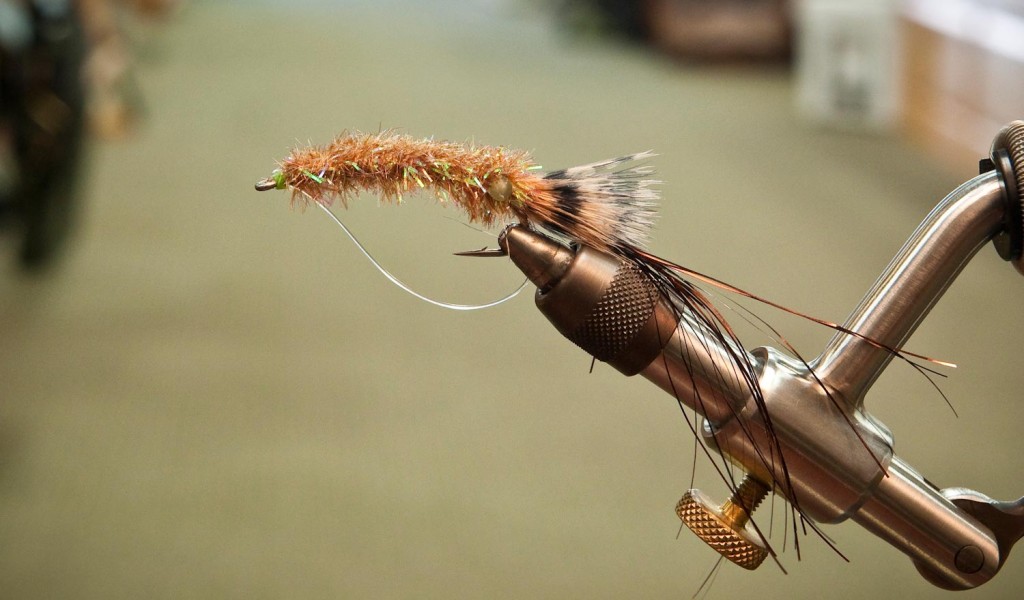
MY BUDDY PAUL PUCKETT IS BEST KNOWN FOR HIS BEAUTIFUL PAINTINGS OF FISH AND HIS FUNNY RENDERINGS OF CELEBRITY’S HOLDING FISH.
What you may not know about Paul is that he’s a redfish junky. So much so that he recently moved to Charleston SOuth Carolina to be closer to the fish he loves.
I visited The Fish Hawk the other day and Paul took the time to share one of his favorite redfish flies. If you’re headed to redfish country tie a few of these babies up. You won’t be sorry.
CHECK OUT THE VIDEO!
Read More »The 5 Essentials Of A Good Fly Cast Revisited

Let’s take a minute to look at the 5 essentials of a good fly cast.
I was giving a talk about saltwater fly fishing the other day when i mentioned the 5 essentials. I was shocked to find that no one in the crowd knew what the 5 essentials are, or that they even existed. I’ve never written on the topic because I thought it was common knowledge. Apparently I was wrong.
I did some research and was even more surprised to find that there is a good bit of variation in what has been written on the topic and there is some of it I don’t agree with. That said, understand that what I’m about to set out for you are the 5 essentials as I learned them and as I believe they are best explained. They are roughly equivalent to the 10 commandments for the IFFF and there will no doubt be some who consider any variation sacrilege. I encourage you to read the original and take both as good advice. https://thelimpcobra.com/2012/11/27/fly-casting-instruction-2/
The 5 Essentials are the work of Bill and Jay Gammel. Their article on the subject was written in 1990 and while it’s important work, you should bear in mind that it pertains to single hand, overhead fly casting. Many of the ideas apply to other casting styles, but not all. I have discussed this version with some of the most knowledgeable IFFF casting instructors I know and am very confident in it.
The 5 Essentials of a good fly cast
The first thing I learned about the 5 Essentials was that there are 6 of them, so you can see that I’m off to a good start.
THERE SHOULD BE A SMOOTH, ACCELERATING APPLICATION OF POWER.
Lefty Kreh described this motion as feeling like throwing wet pain with a brush. If you start too quickly, the paint will fly back on you, so you start slow and speed up as you go. The casting stroke should do the same, start gently and accelerate smoothly, stopping at its fastest point. This leads us to essential number 2.
2. THERE MUST BE AN ABRUPT STOP
Here is where I first deviate from much of what is written on the topic.
Read More »You buy your portfolio every morning

In the old days I ran a hedge fund.
That’s right. Half a billion dollars doing whatever I told it. Big trades, big profits (and losses) and big pressure. I learned a lot from a decade in that role that has helped me on the stream. (I know, it sounds like a stretch… but it’s true!) One of the prevalent sayings in Investment Management is “You buy your portfolio every morning.” What it means is, the decision to do nothing, to keep the investments you made yesterday, is still an active decision. It’s CHOOSING to go into the battle of that day with your current positions, rather than something else.
The truth in this idea hit me harder than ever on Sunday on a carp flat. I waded out of thigh-deep sand bottomed water to find maybe 150 carp cruising and feeding. They were working 12 to 18 inches of water over super soft mud-bottomed lake and eating like mad. I was so jacked up you could see the end of my 8wt vibrating in my trembling hands.
The fly I had on was too heavy for that shallow water. It was designed to get down with accuracy to fish at three feet deep. Remember… I was coming out of thigh-deep water. But I was stoked and the fish were there and they’re just stupid carp and I can be gentle and what if the wind picks up while I’m changing flies and maybe it would start to rain and what if they saw me and spooked before I got a cast… You get the picture. So I went into battle with the fly I had on because not changing didn’t feel like choosing that fly. It felt like
Read More »Use Birds to Quickly Locate Bait and Schools of Fish
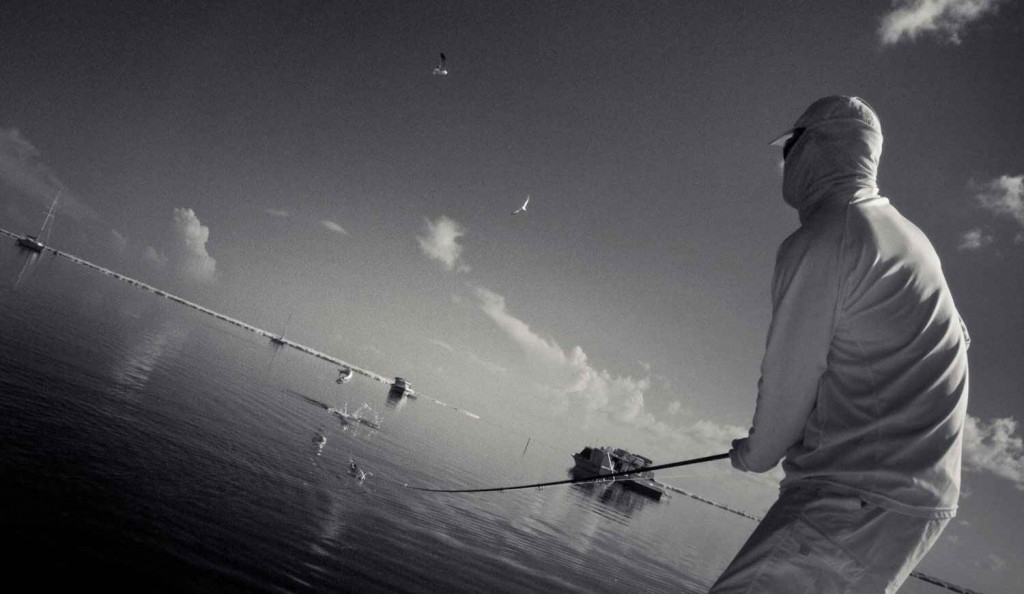
Certain times of the year in both freshwater and saltwater, anglers can use flocks of actively feeding birds to locate large concentrations of bait and fish.
This was the case during my recent fly fishing trip with Capt. Joel Dickey. First thing, early in the morning, we’d run a wide sweeping perimeter with the boat, as we searched for seagulls on the feed. Binoculars weren’t a necessity but they allowed us to be more efficient by eliminating large areas of water that would otherwise be too far off for the naked eye. Being patient, continuing to cover water, and keeping confidence were the key factors in us successfully locating feeding birds. Be prepared for it to take a little while some days. For us, each morning it took a little while to find the birds, but eventually things fell into place with each scouting attempt. As the sun begins to rise over the horizon, it creates a perfect contrast of light that turns seagulls a bright neon white. You’d be surprised how far off you can pick out feeding birds this time of day. Any birds you find on the water means there’s probably bait and fish near by, but when you find diving birds in good numbers, you know there’s a feeding frenzy in progress.
I’ve used birds many times in the past to locate schools of striped bass on my local reservoirs, but this saltwater trip was my first time using seagulls to locate tarpon. The seagulls and tarpon were feeding on a shrimp die off, that happens during the hottest times of the year in the evenings and at night. During these periods photosynthesis is not taking place, and with the lack of wind, oxygen levels in the water dropped below average. I have to say it was an adrenaline pumping way to fish for tarpon. We’d cruise in on plane and cut the engines at a safe distance, allowing us to coast in quietly to avoid alerting the feeding tarpon. Immediately following, Joel would jump on his platform and quickly pole us into the schools of rolling tarpon.
The key to getting bites was finding a rolling tarpon within casting range, and then firing a presentation quickly 3-5 feet in front of the tarpon. The hardest part for me
Read More »5 Tips for Beating Out the Winter Cold on the Water
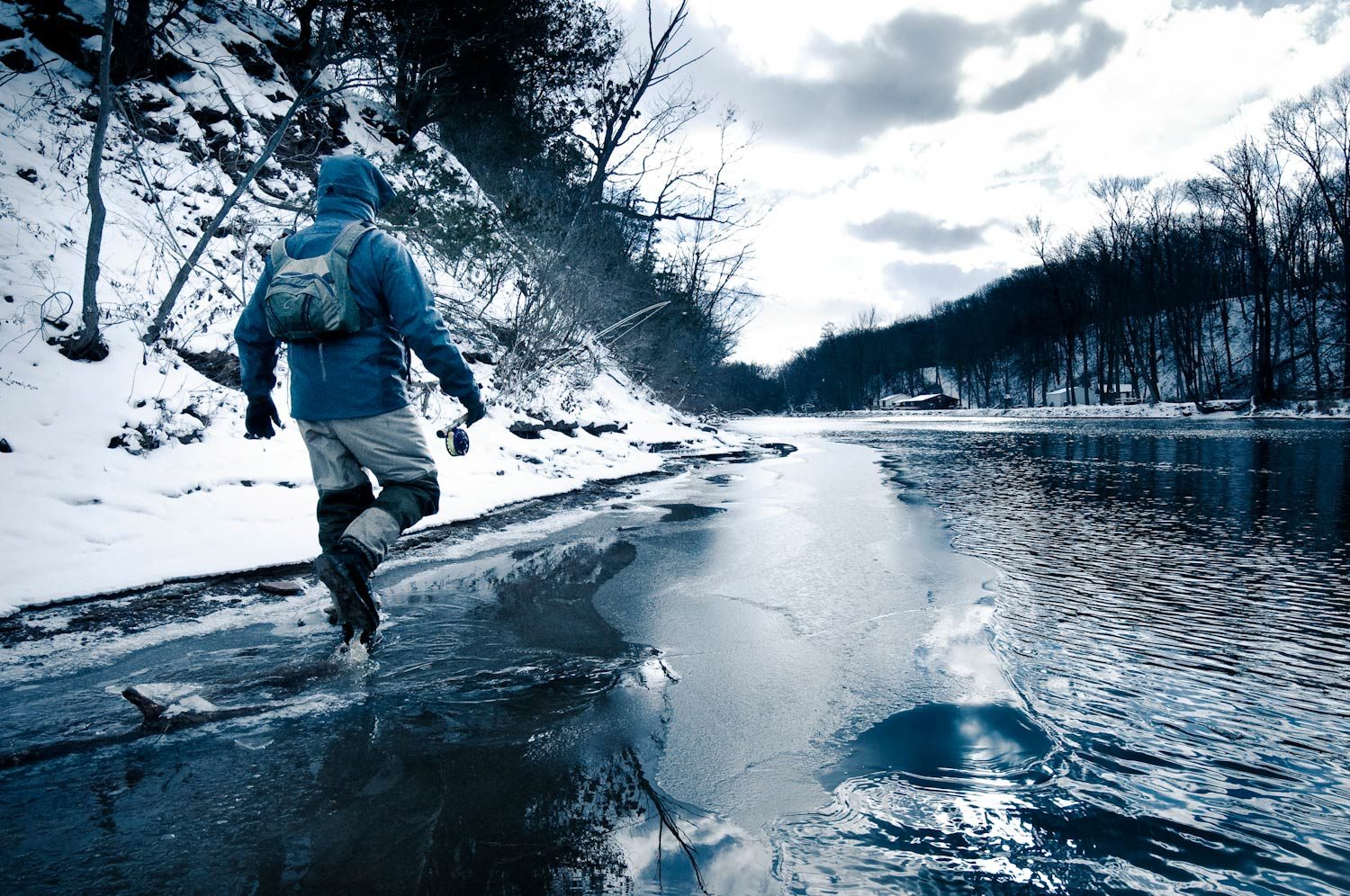
I’ll be the first to tell you that I’m past the days of heading out into Arctic conditions to fly fish unless I’m outfitted properly. Call me a wuss or nancy, that’s fine with me, I don’t care how big the fish are, you can catch them. I’ve been miserable too many times over the years and I refuse to put myself in that position anymore. If I’m unable to enjoy myself wetting a line, there’s absolutely no reason for me to be out there. Furthermore I’ve had some really close calls with frostbite in the past, and frostbite is scary stuff folks.
Read More »Fly Fishing: The Popper-Dropper Rig
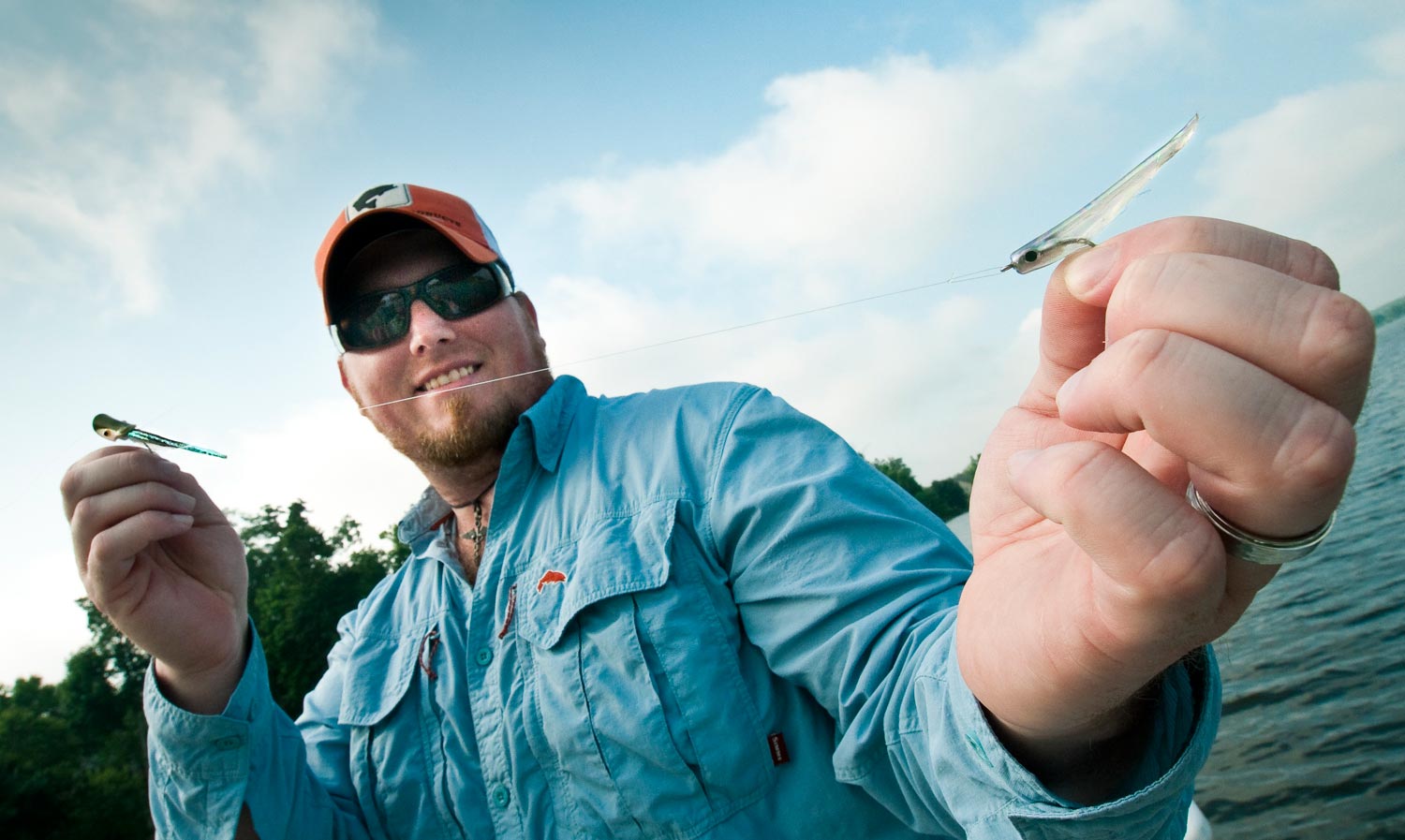
Like a lot of kids, I spent most of my adolescent summers chasing bass and bream on the local creeks and ponds in my area.
Most days, a single rubber-legged popper tied to the end of my leader, was all that I needed to catch fat bream and the occasional lunker bass. On days when the bite slowed, I’d put down my fly rod and head to the neighborhood pool with my best friend Ryan Evans. It didn’t take long for us to get labeled the Huckleberry Finn boys of the neighborhood. We got plenty of strange looks walking through those pool gates, fishing rods in hand, and both wearing cargo shorts with boxers hanging out the tops. Those dirty looks were well worth it, and we learned to shrug them off, because that pool was the perfect place for us to cool down in between our fishing adventures, and it also happened to be one of the best places for us to keep track of the older females. We learned reflective polarized sunglasses weren’t just good for fishing, they also were great for inconspicuously eyeing the older females, walking by in those skimpy bikinis. It was a time in my life when I was relatively stress free, and I had not yet taken on very many responsibilities. Those were the days.
It wasn’t until I started dabbling in trout fishing that I found a way to improve my warm water popper fishing.
Read More »Fly Fishing: Is There a Time When Anglers Should Admit Defeat and Move On?
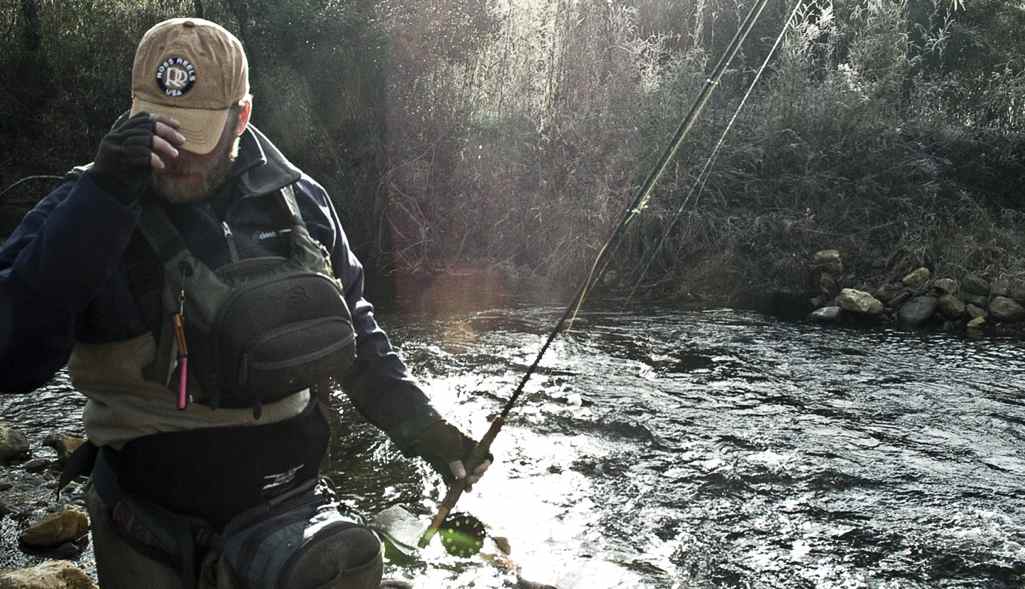
IS THERE EVER A TIME WHEN AN ANGLER SHOULD ADMIT DEFEAT FROM A TROUT, PAY HIS/HER RESPECTS AND MOVE ON?
We’ve all been there before, sight-fishing to a trophy trout, only to have it ignore our flies time and time again. An hour or more can go by without the slightest sign of interest by the fish, while it remains in the same basic holding spot all the while unafraid, almost as though it’s staring you down and challenging you to catch it. You press on with unwavering persistence until your patience runs dry. You’d argue that the trout isn’t hungry, and that’s why it hasn’t eaten any of the fly patterns, but every time you start to believe it as a viable excuse, you see the flash of white, from the trout opening its mouth and sucking in a bug. You’ve changed flies more than a dozen times now, you’ve made well over a hundred casts, and you’re ready to throw in the towel. Yet every time you reel in your line and begin to walk away, the feeling of defeat shouts “halt, go back! Just make a few more casts. You can do this.” Sometimes you end up winning the battle, other times the take never comes. The times when your line does come tight and you do hook and catch the trout, do you ever wonder if the fish really ate your fly or if you just accidentally flossed it?
I have a good friend from Colorado that told me he once scuba dived in a river and watched his buddy drift nymphs through runs that were loaded with trout. He said he was astonished to see how many times the tippet of the leader drifting in the current went into the mouths of trout, resulting in the fly of the hook snagging the trout. If you’ve ever fly fished for fresh sockeye salmon, you know that the majority of the time that’s exactly how you catch them. Only on rare occasions do they eat your fly, and even then one could argue it’s only out of aggression from the pending spawn. When my friend told me his underwater account, it made me wonder how many fish I thought I’d gotten to eat my fly in the past, but were actually fish that I really just flossed with my leader and snagged. Were those catches legitimate? Not unless you believe calculated or accidental flossing is legit. Maybe if you’re starving to death I could go along with that, but most of us don’t live off the land.
Read More »Making the Switch to Two-Handed Casting

THE UNION IS DIVIDED, BROTHER AGAINST BROTHER.
Not since the rivalry of cats vs. dogs has there been a break like the one between two-handed and single-handed casters. Much of it stems from some practical issues of sharing the water but there’s more to the story. I found out exactly how much more when I first picked up the Spey rod. It’s highly uncommon to find Spey casters here in the southeast, and when I started some of my buddies reacted with outright hostility. Others, however, were curious and eventually most of them came around to asking me for a casting lesson.
Many of the guys I know who have fooled around with two-handed casting came to it through switch rods, because the idea that they could fall back on their single-hand casting gave them confidence. There’s nothing wrong with that in theory, but in practice it’s usually a disaster. The world of Spey is complex, and without a mentor it’s nearly impossible to master.
Too many anglers will set their switch rod up just like they do a single hander and fish it as a long nymph rod. Once in a while when nobody is watching they will try to pull off a Spey cast, yank the fly out of their neck and move on to a new piece of water.
Switch rods are simply short, lightweight Spey rods. Their tapers are Spey tapers and they are made for two-handed casting. They work in the world of single-hand casting but it’s not what they are designed for. They are more challenging for two-hand casting than longer Spey rods and choosing the right line for them is fiendishly complicated. Add to that the sheer complexity of the Spey cast and you have a goat rodeo for the uninitiated.
It may sound like I’m trying to talk you out of that switch rod, but I’m not. I love switch rods and I think everyone should fish them. I just want to help you learn in the best way possible. Like most fly anglers I know
Read More »3 Tips For Fly Fishing Kung Fu

WE ALL KNOW THE CHINESE PHRASE KUNG FU, BUT FEW OF US KNOW IT’S TRANSLATION. KUNG = ENERGY AND FU = TIME. TO PUT ENERGY INTO ANYTHING OVER TIME IS TO DEVELOP KUNG FU.
I love to teach fly fishing. I do it every chance I get and I see folks wrestle time and again with the same three issues. I can remember being there myself and it sucks! Three things that seem so simple to me now just about cost me my sanity. I’d like to spare you that. If you are new to fly fishing for trout following these three suggestions will not only put you on more fish, but it will accelerate your learning curve dramatically.
Here are the three things that come between every new angler and the fish they want to catch.
PRACTICE YOUR CASTING
The first, most basic skill an angler needs is the ability to put the fly in front of the fish. This means, not only distance but accuracy as well. There have been a truck load of books written about fly casting and there will be a truck load more but there is nothing in any of them that can replace time spent with the rod in hand. That really is the trick. Time plus energy. Set aside a time, just ten or fifteen minutes a day, for the next year and spend that time casting in the yard. Every day! In a year you will cast like a Grand Master.
The Bimini Twist
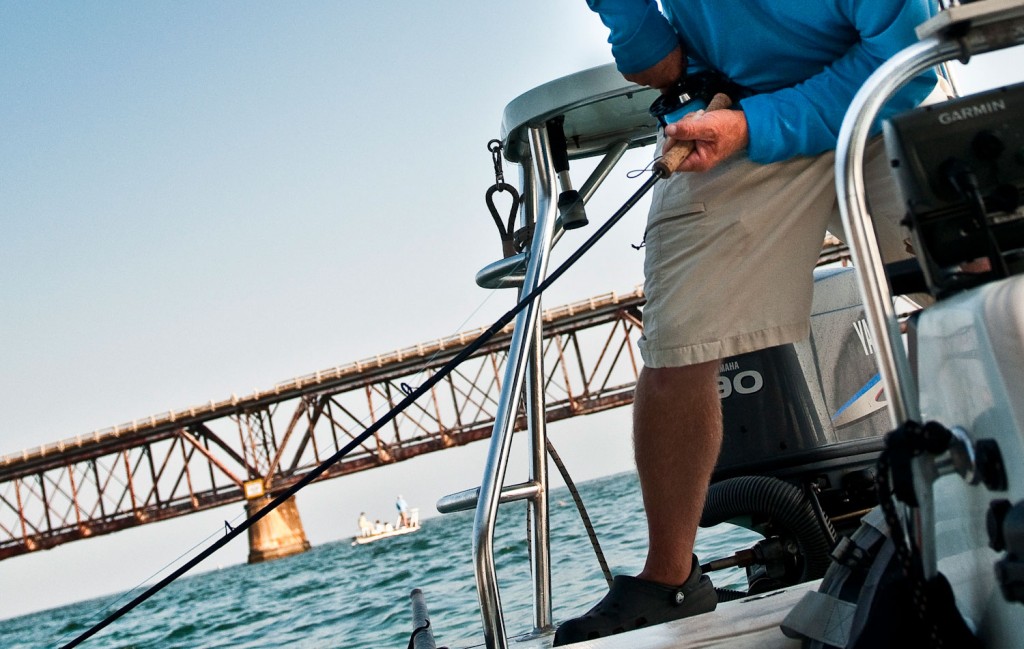
The Bimini Twist may be the the most mysterious knot in fly fishing.
I love the look you get when you tie one. It’s as though you pulled a rabbit out of your fishing hat. In reality, the Bimini Twist is not a difficult knot. Once you understand it it’s very easy to tie and it can not be beat for strength. It is the best method for attaching you backing to your fly line and a knot every angler should know how to tie. Here’s Capt. Joel Dickey to show you how easy it is.
WATCH THE VIDEO AND LEARN TO TIE THE BIMINI TWIST!
Read More »